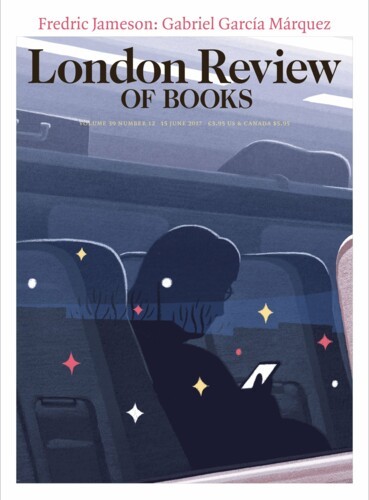Erasures
Colm Tóibín: The Great Irish Famine, 30 July 1998
“... its demolition in 1941 was a disgrace.Augusta Persse was born in 1852, and in 1880 she married Sir William Gregory, who was 35 years older than her. He died in 1892, and she outlived him by forty years. Lady Gregory made herself useful to Yeats, as Roy Foster shows in his biography of the poet, because of her interest in folklore and her knowledge of the area ... ”
